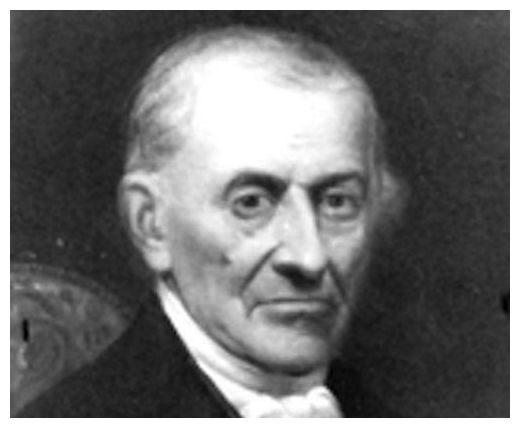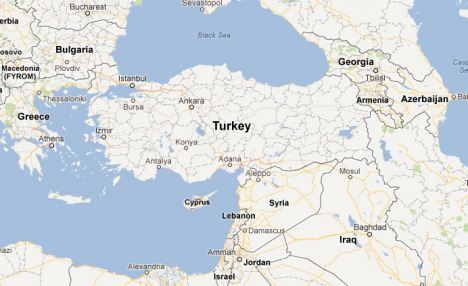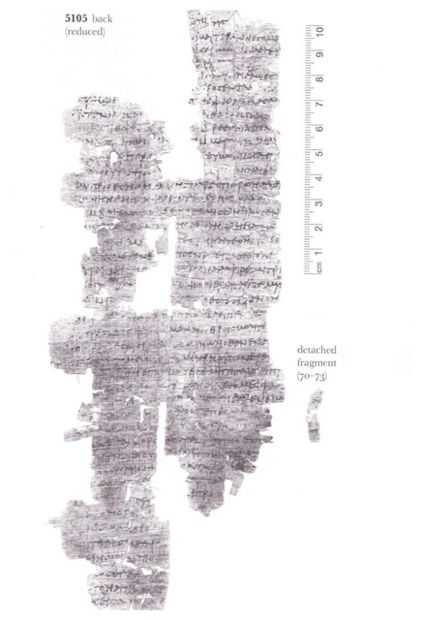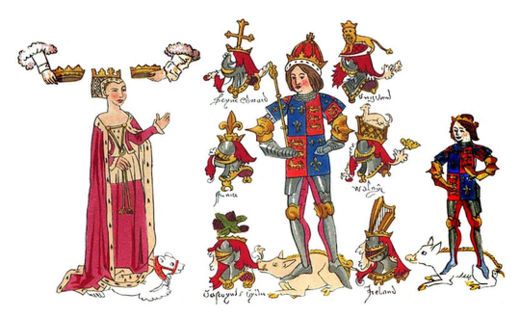
© Deadline DetroitJoseph Campau was one of many wealthy Detroiters who owned slaves during the city's first 120 years.
Metro Detroiters love to celebrate their local history, especially when it involves the noble, magnificent and world-class chapters of the past: The auto industry. Motown Records. The Underground Railroad. Diego Rivera. Coney Islands.
On the other hand, local history has its crazy uncles. Those are chapters that are fascinating and important, yet rarely discussed, hidden in the back room. Henry Ford's anti-Semitism, the Free Press' 19th Century racism and the auto companies' early abuse of workers come to mind.
Then there is the granddaddy of all forgotten local history. The subject no one talks about, virtually ever. The most overlooked topic of them all.
Slavery.Slavery in Detroit has remained an enormous secret. It is an essential chapter in Detroit's 311-year story, but it has been pushed back into archives and covered up by decades of neglect and denial. Few people, even well-informed college graduates, know anything about it. Yet slavery is a phenomenon that played a key role in the growth of Detroit, and it lasted about 120 years, more than a third of Detroit's existence.
When metro Detroiters talk about slavery, they talk about black men and women picking cotton in Georgia and Mississippi because that is what students in southeastern Michigan learn in school.
Yet slavery is very much homegrown. What has been called the "national sin" is also Detroit's sin. It is the origin of our racial crisis, our peculiar institution, our "necessary evil." Slavery belongs to Detroit just like slavery belongs to Charleston, Monticello and New Orleans.
Many roads, schools and communities across southeast Michigan carry the names of old, prominent families that owned slaves: Macomb, Campau; Beaubien; McDougall; Abbott; Brush; Cass; Hamtramck; Gouin; Meldrum; Dequindre; Beaufait; Groesbeck; Livernois and Rivard, among many others.
Detroit's first mayor, John R. Williams, the namesake of two streets in Detroit - John R and Williams - owned slaves. The Catholic Church in Detroit was heavily involved in slavery - priests owned slaves and baptized them, and at least one slave worked on the construction of Ste. Anne's Church around 1800. The men who funded the founding of the Free Press in 1831 were ex-slave owners, and the paper supported slavery during the national debate before the Civil War.
The work of slaves was a key to Detroit's growth. And just like in the South, slavery in Detroit was reinforced by violence. Slaves worked without any pay for their entire lives, under threat of the lash and death.
Owners used their power over slaves to steal their labor and enrich themselves. Slaves arrived in Detroit stripped of their identity, culture, family and often their name. They were frequently maimed from torture.
Slaves died, often young, and were buried in graveyards that were soon forgotten, and then paved over by later generations of Detroiters, and their bones remain underfoot in America's blackest big city, and their stories continue to be unknown in a region where race always has been a consuming issue.






